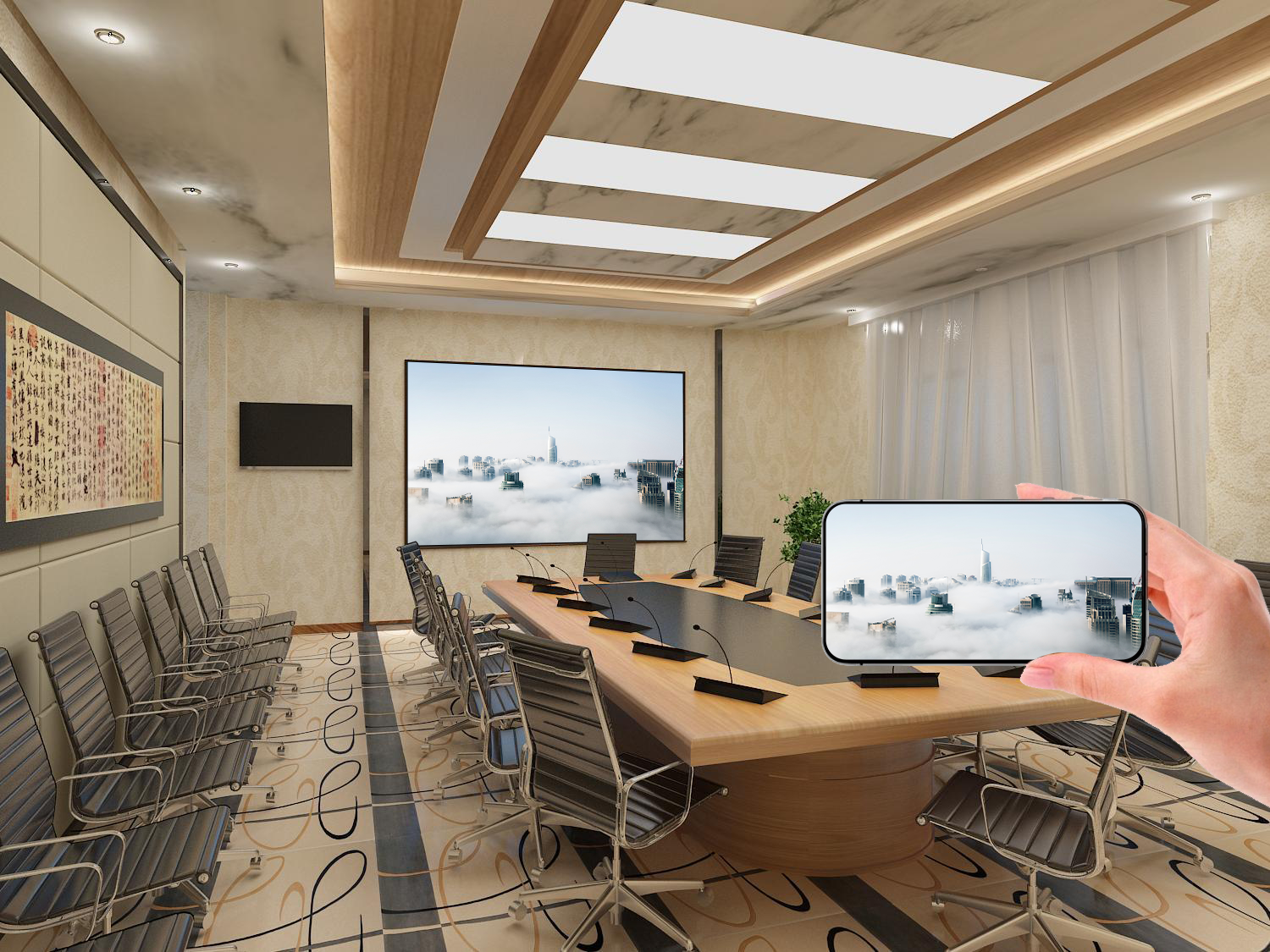If your phone or computer does not support the Miracast screen mirroring protocol, you can try the following screen mirroring methods
If the device does not support Miracast, you can try the following screen casting methods:
Using HDMI cable connection: This is a wired screen mirroring method. You only need to prepare an HDMI high-definition cable, connect one end to the HDMI port of the computer and the other end to the HDMI port of the TV. Then, by adjusting the TV signal source to HDMI mode, the computer screen can be projected.

Using DLNA screen mirroring: DLNA is a multimedia wireless transmission technology based on local area network. If both your TV and phone support the DLNA protocol, you can project your phone screen onto the TV through DLNA.
Using a Chromecast or Apple TV: If you are using a Google or Apple device, you may consider using a Chromecast or Apple TV for screen mirroring. These devices can be paired with your computer or phone to project screen content onto the TV.
Please note that different devices and platforms may have different screen casting settings and operation steps. Therefore, in practical operation, it is recommended to refer to the device’s user manual or official guide for more detailed steps and instructions. At the same time, ensure that the device’s drivers and software are the latest versions to achieve the best screen mirroring effect.
In addition, although the Miracast protocol has advantages in some aspects, it also has some drawbacks, such as the need for stable Wi Fi signals and possible lack of support for audio and video synchronization transmission. Therefore, when choosing the screen casting method, you can weigh and choose according to your own needs and environmental conditions.